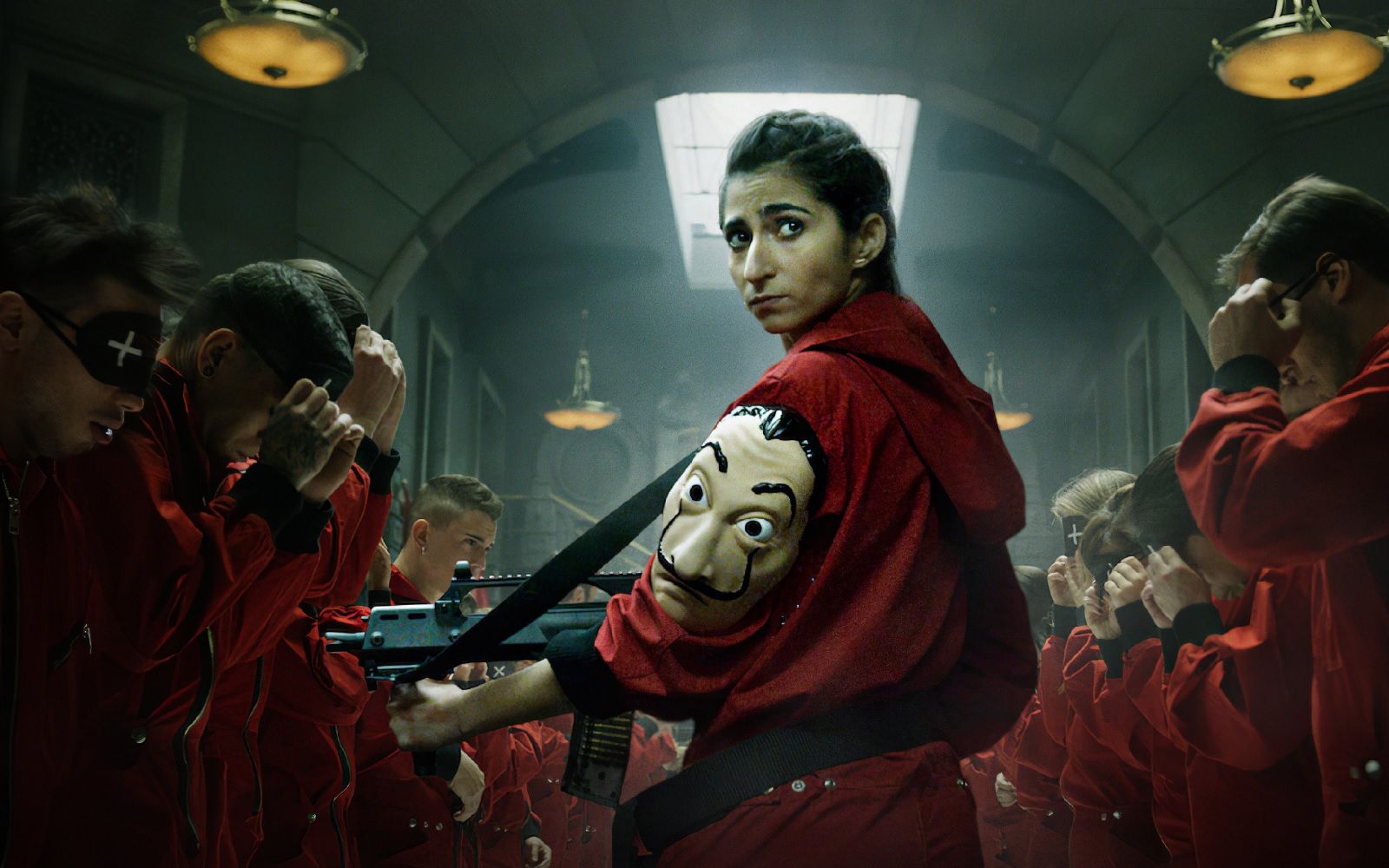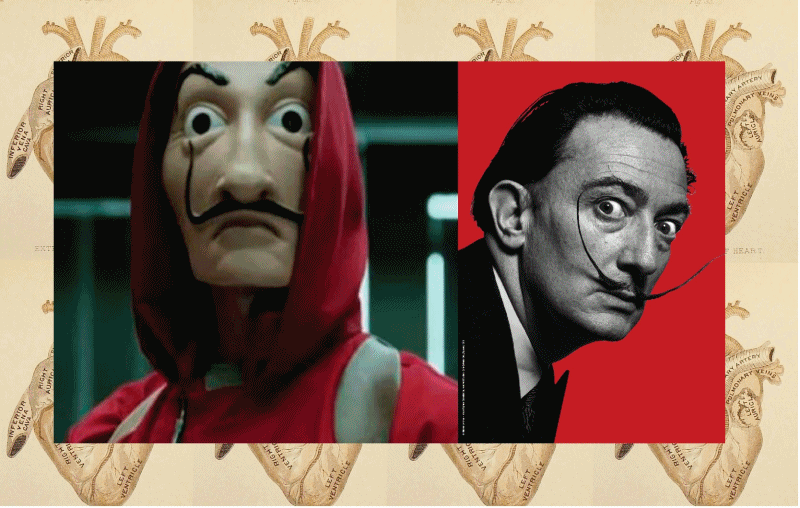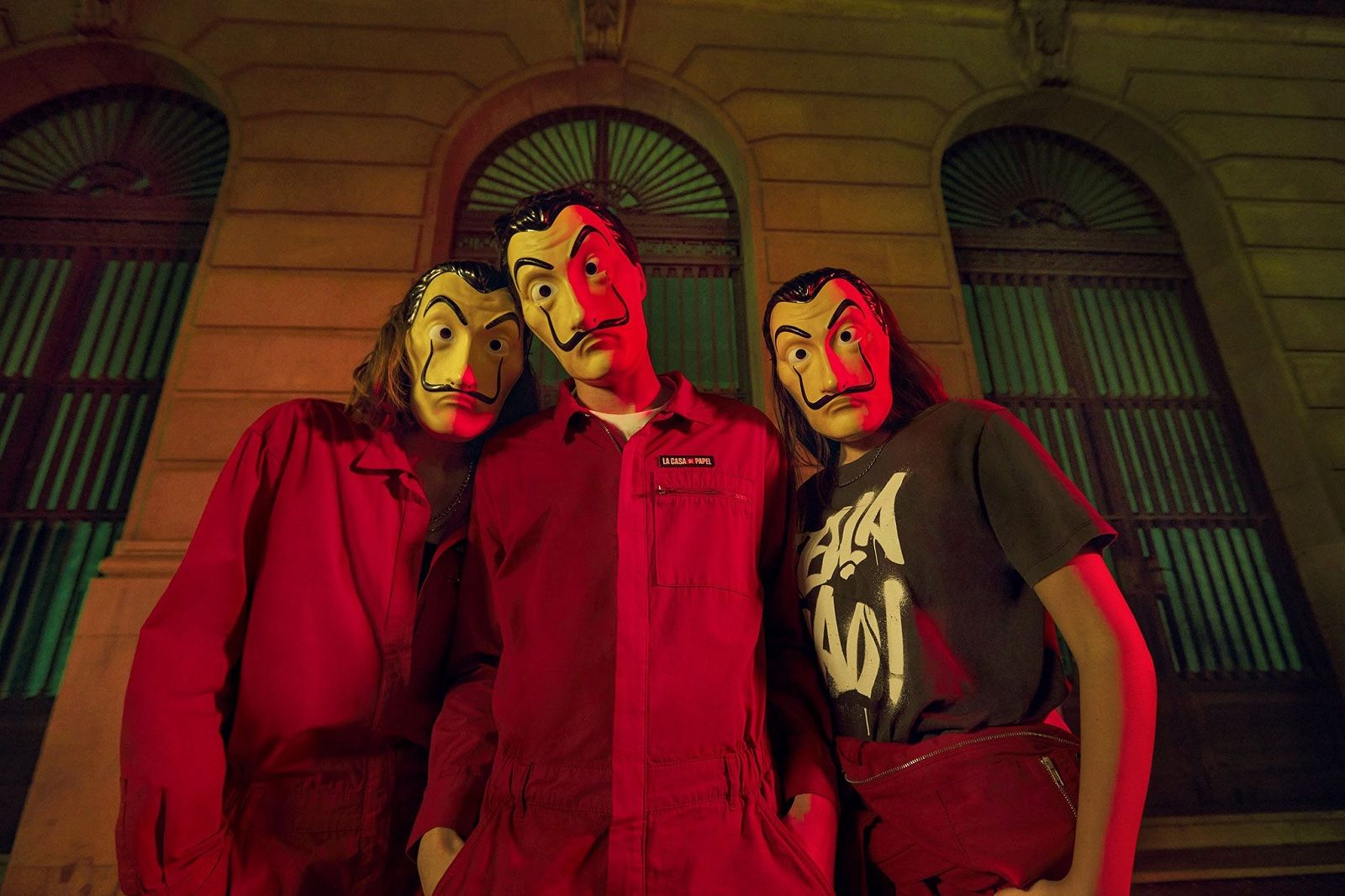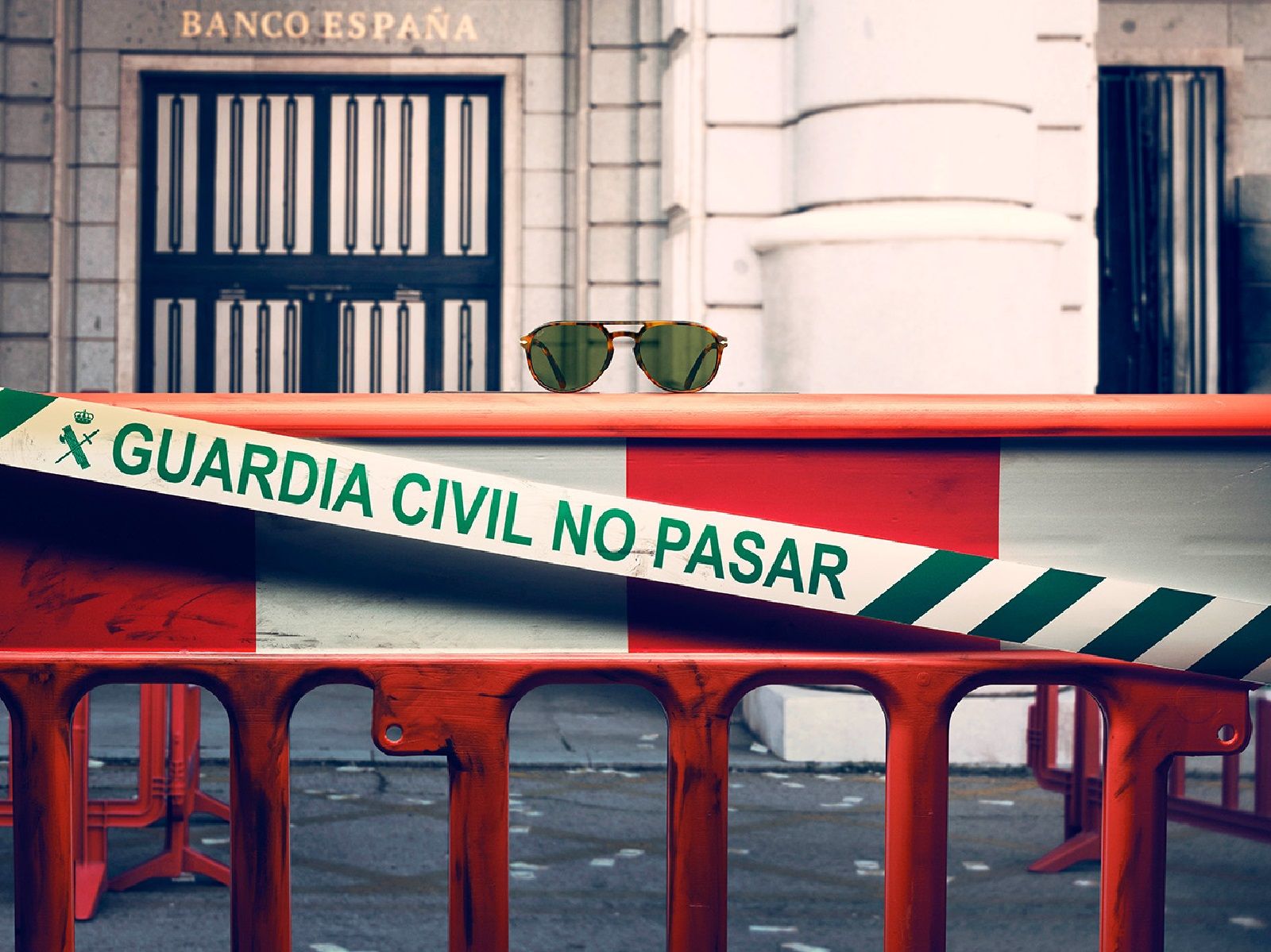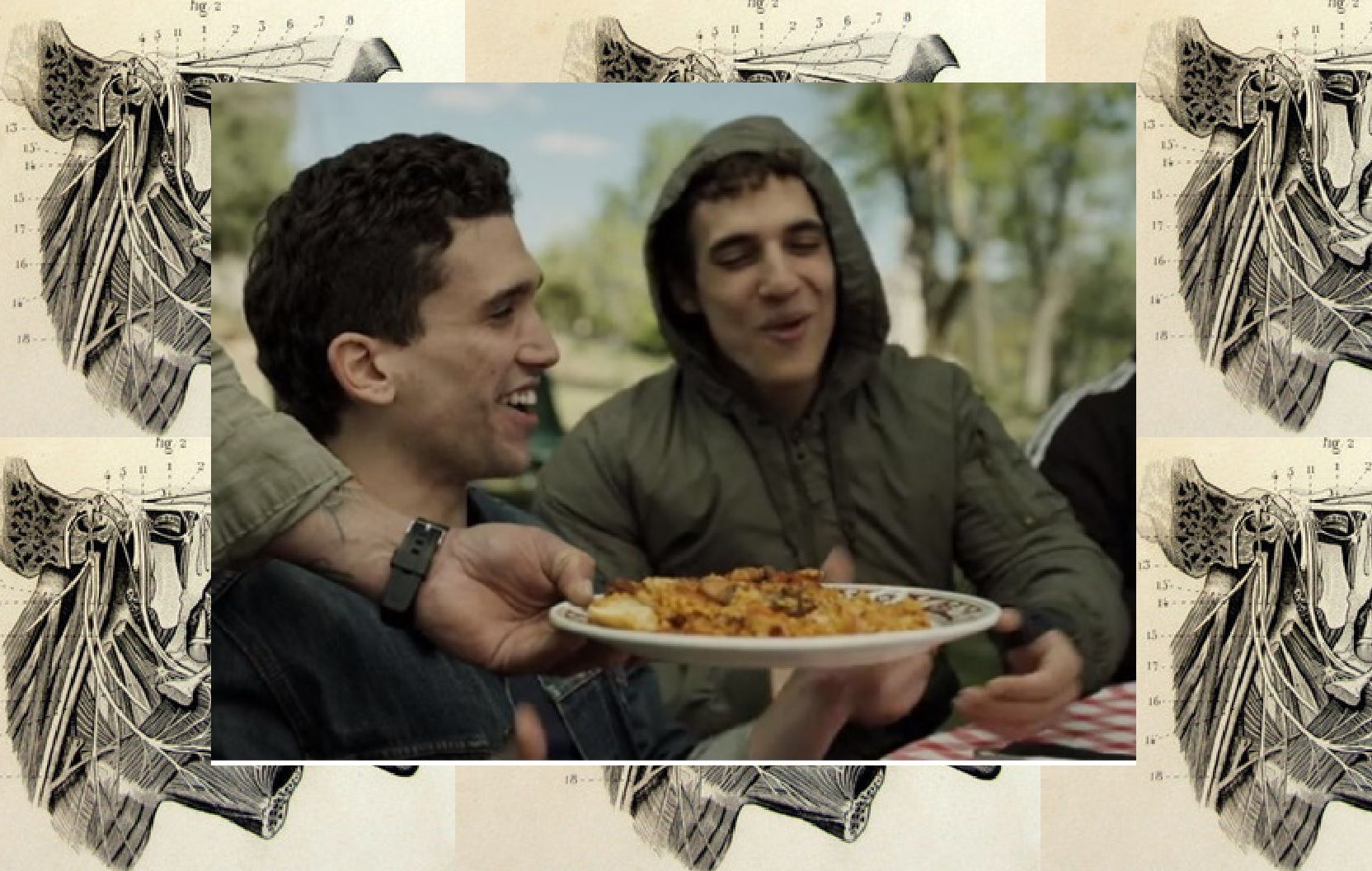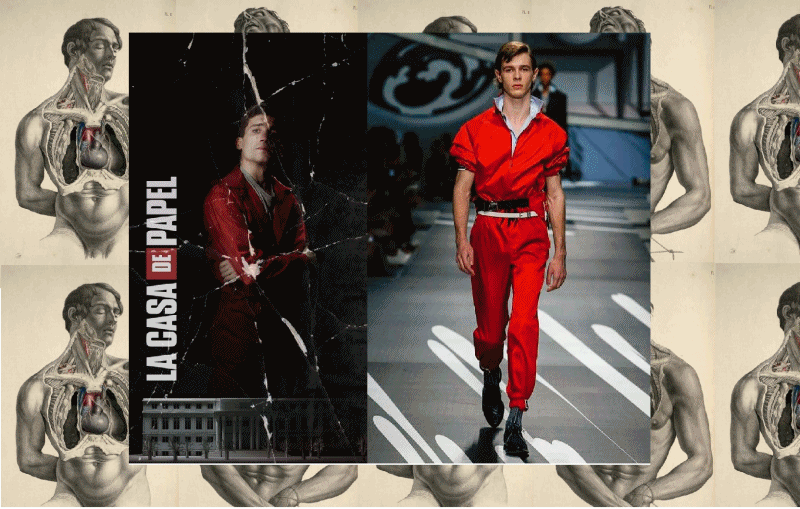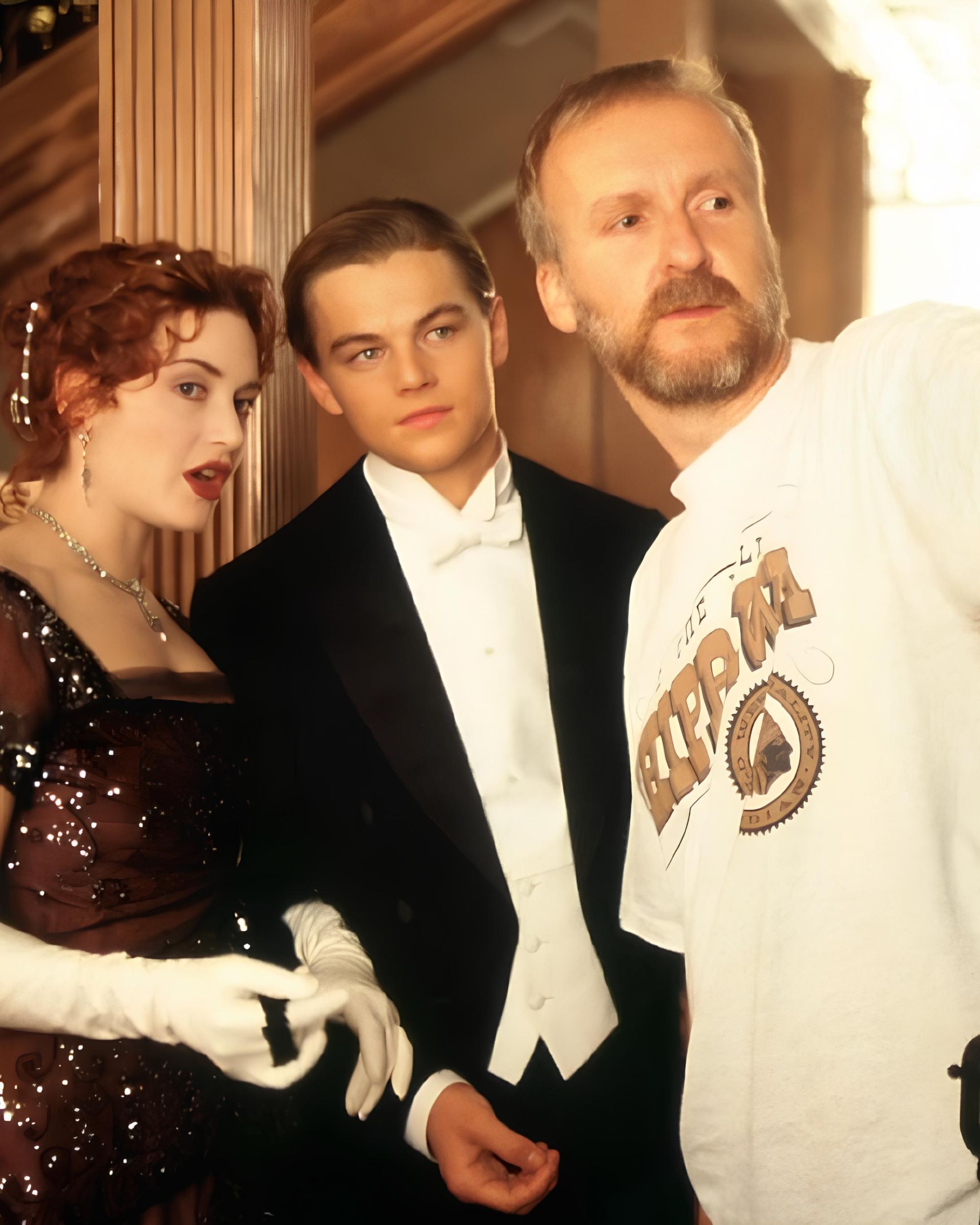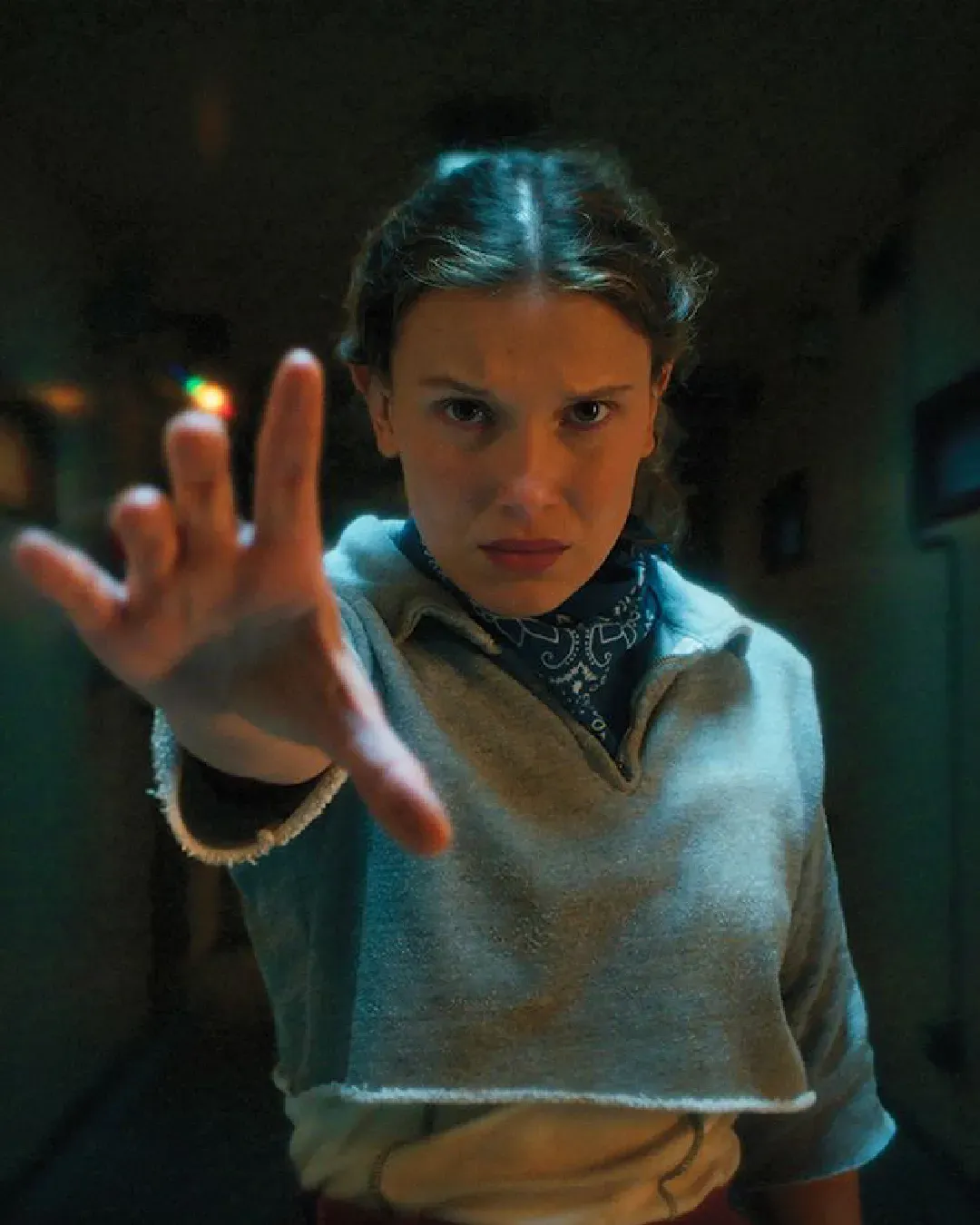
'Money Heist': Anatomy The fourth season of 'Money Heist' is finally on Netflix
The fourth season of Money Heist has finally landed on Netflix. It's an unprecedented success in the history of Spanish television. First aired by the Spanish private broadcaster Antena 3, La casa de papel have come a long way. Thanks to the guide of Netflix, thanks to word of mouth and the international distribution of the streaming service, the show created by Alex Pina obtained has gone viral and has become the most-viewed non-English series all over the world.
The success gets credit to a story built in an effective way that contains all the right narrative techniques: flashbacks, temporal ellipses, narrative analysts and cliffhanger positioned in the right places and, above all, at each episodes end. It is precisely these ingredients that push the viewer to an obsessive binge-watching.
And then there are the characters, the robbers with red jumpsuits and the masks of Salvador Dalí: Moscow, Tokyo, Berlin, Nairobi, Rio, Helsinki, Denver and Oslo. These are unlikely Robin Hoods, rebels attacking the capitalist system, following the brilliant mind of the Professor, to catalyze attention with their characteristics, their actions, loves, disagreements, weaknesses, cumbersome pasts and dreams for the future. Each of them opens a series of interactive windows on a series of themes that enrich the original plot, expanding the series beyond the usual boundaries of the classic heist movie.
Feel like: Salvador Dalí
Everyone knows it: the robbers of the Spanish series had masks with the iconic face of Salvador Dalí. Many have wondered why the choice fell on the artist of Figueres and not on Picasso, Warhol or anyone else. Some theories emphasize the affinity between the creative irreverence of man and the daring of a shot in the bank, but the most accredited hypothesis seems another and must be sought in his political sympathies.
It seems that in his youth Dalí was close to the communist movement, then growing up he presented himself as a revolutionary and in the 1930s he began to show interest in the fascist regimes, an affront that was not forgiven by his surrealist friends. At the time of the outbreak of the civil war in Spain Dali escaped from his country to take refuge in the United States, but he returned to his Catalonia, was close to the fascist regime and often expressed words of admiration for Francisco Franco.
Masquerading with his face thus becomes a way to scoff and exorcise the dictatorship that has imprisoned Spain for more than 30 years.
Dress like: utilitarian fashion (Prada, Ellery, Vetements)
La casa de Papel is embodied in a single piece of clothing: the red coverall. Following the success of the first two seasons, in the last two installments of the series the uniform has also become a diving suit. A simple, comfortable, worker's garment, dawned in the symbolic color that classically denotes the politics of the left, the resistance, the revolution.
The history of the suit begins in the early years of the last century, worn by skiers, aviators, paratroopers, but is introduced for everyday use by the Italian artist Thayat in 1919. His is a vision of the leader as the signature of the proletariat, an anti-bourgeois declaration, but also a comfortable and easy-to-wear suit for working-class women. Then came Coco Chanel, Elsa Schiaparelli and all the other designers up to their contemporaries Vetements, Prada, Ellery or Calvin Klein, who turned the suit and workwear into the epitome of relaxed and casual glamour.
The success of the series is the basis for several capsule collections. The latest ones, launched in conjunction with the release of Season 4, are by Pull and Bear and Persol. The low cost chain presents Bella Ciao, a series of tees, hoodies, socks and jumpsuits inspired by the Netflix show. The brand owned by Luxottica has decided, instead, to take inspiration from the black acetate frame of the brand's Double Bridge collection wore by the Professor for a capsule of glasses.
Think like: 'The Bank Robbery. History. Theory. Practice' by Klaus Schönberger
La casa de Papel is the story of a fake robbery, but those enclosed in the book by Klaus Schönberger are true, made by professionals of burglary, hardened criminals, but also by old ladies who want to round up their pensions. These are the memorable events of Dillinger and Bonnie & Clyde, Tupamaros, Patty Hearst, Horst Fantazzini, the Bonnot Band ... and many others. Reading it could make you find the answer to the famous question by Bertold Brecht: "Is it more criminal to found a bank or to rob a bank?"
If, on the other hand, you want to investigate the life of Netflix's most famous robbers' leader, on May 14, 2020 comes The Professor's Enigma, an interactive book in which the reader will have to solve a puzzle from the past to understand the mind of the character played by Álvaro Morte.
Sound like: 'Bella Ciao' by Modena City Ramblers
Otherwise: how to turn the Italian Resistance anthem to fascism into a viral phenomenon. If there is a song that embodies the spirit of the Spanish show, its Bella Ciao. The choice of the famous partisan song is a clear way to underline that the Spanish series is not the story of a a robbery, but of rebellion, revenge, resistance. It is a critique of the current economic system and choices that penalize people to favor banking institutions.
"It is a song that has always been part of the soundtrack of my life" - explains Alex Pina; "A song that reminds me of childhood and that the whole world knows, a hymn of resistance as the same series is, as long as there is resistance there is hope even if they do not have the faintest idea if they manage to get out of there."
The love for Italian music continues to shape the soundtrack of the series even in the following seasons. The first episode of the fourth season contains a very special version of Ti Amo by Umberto Tozzi sung by Berlin during his wedding, while in the second episodes a few characters sing Centro di gravità permanente by Franco Battiato.
If, however, you are wondering what the song thats introduces each episode of The house de Papel is, the answer is My life is going on by Cecilia Krull.
Taste like: paella
Love like: binge-watching
A little Tarantino, a little Inside man by Spike Lee, a little Breaking Bad, La casa de Papel does not tell anything new, nor is it the coolest and best show ever made, but it remains a good product, able to catalyze the viewer's attention. It is a necessary binge-watch, powered by shots of scenes to continuous consumption, the secret ingredient that makes this tv series a viral success.













































